The history of flooding in Gwadar, as for many coastal cities, intertwines closely with its geographical and climatic conditions. Gwadar, located on the southwestern coast of the Pakistani province of Balochistan, has experienced its share of natural challenges, including flooding, which has been exacerbated by its position along the Arabian Sea and its exposure to monsoon seasons. For much of its history, Gwadar was a small to medium-sized settlement with an economy largely based on artisanal fishing. The strategic value of its location was recognized in 1954 when it was identified as a suitable site for a deep-water port by the United States Geological Survey at the request of Pakistan. The construction on the first phase of Gwadar Port initiated in 2007 marks a significant point in its development history. However, until the launch of the China-Pakistan Economic Corridor (CPEC) in 2015, Gwadar’s potential to be a major deep-water port remained largely untapped, partly due to various challenges including security concerns and lack of investment Flooding in Pakistan, including regions like Balochistan where Gwadar is situated, has been a recurring challenge, impacting vast areas and causing significant economic and human losses. The 2022 flooding event, for instance, affected most of Pakistan, including Balochistan and Sindh provinces, leading to at least 1,500 deaths and affecting 16 million children. The economic impact was profound, particularly in the agriculture sector, with crop damage in Sindh alone amounting to approximately Rs297 billion Gwadar’s exposure to natural calamities like flooding underscores the need for comprehensive planning and investment in infrastructure to mitigate these risks. This includes enhancing the city’s resilience through improved drainage systems, flood barriers, and early warning systems. Additionally, as a critical node in the CPEC initiative, ensuring Gwadar’s resilience to flooding and other natural disasters is vital for the economic stability and security of the region. The strategic importance of Gwadar in the broader context of CPEC cannot be overstated, with significant investments aimed at transforming it into a major deep-water port that links northern Pakistan and western China to the Arabian Sea.
1. Cyclones and Storm Surges: The Arabian Sea is prone to cyclones, particularly during the monsoon season from June to September. These cyclones can cause storm surges that lead to coastal flooding in Gwadar and surrounding areas.
2. Heavy Monsoon Rains: The monsoon season can bring heavy rains to the region, overwhelming the drainage systems and causing urban and flash floods.
3. Inadequate Drainage Systems: Gwadar’s rapid urbanization without proper planning for drainage infrastructure contributes to the flooding problem. The existing drainage systems are often inadequate to handle the runoff from heavy rains, leading to waterlogging and flooding in many areas.
4. Geographical Features: The topography of the area, including its coastal location and the surrounding hilly terrain, also contributes to the risk of flooding.
Relief Operations
In response to flooding, Pakistan’s national and provincial disaster management authorities, along with local government bodies, NGOs, and international organizations, have conducted relief operations in Gwadar. These operations typically include:
• Evacuation of residents from high-risk areas before or during the flooding.
• Provision of emergency shelters, food, clean water, and medical aid to the affected populations.
• Restoration of essential services such as electricity, water supply, and communication networks.
• Rehabilitation of damaged infrastructure, including roads, bridges, and drainage systems, to restore normalcy.
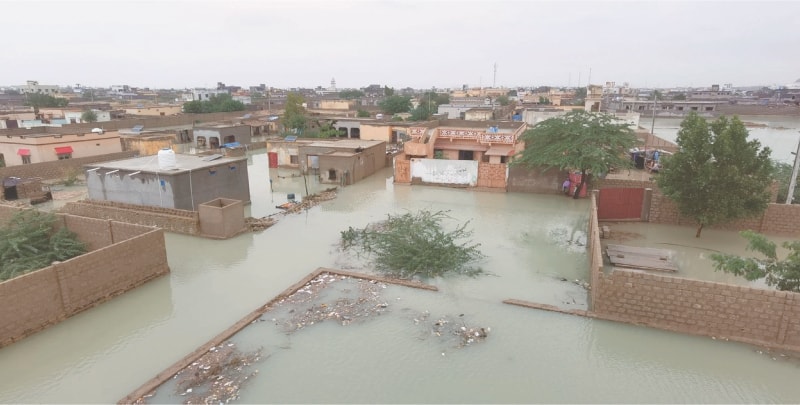 Gwadar recently faced significant flooding due to record-breaking rainfall, prompting the district administration to declare a state of emergency. This unusual weather pattern for the winter season was highlighted by the Chief Meteorologist, emphasizing that Gwadar received an unprecedented amount of rain during these months In response to the calamity, Prime Minister Shahbaz Sharif unveiled a comprehensive relief package during his visit to the affected areas. The package includes financial compensation for the affected families: Rs2 million for families who lost loved ones, Rs500,000 for the injured, Rs750,000 for residents whose homes have been completely demolished, and Rs350,000 for households with partially damaged properties. Additionally, 7,000 ration bags are being distributed daily among the displaced people. The Prime Minister also highlighted the government’s commitment to aiding the victims, emphasizing that the relief is a duty, not a favor. The relief efforts include the distribution of cheques and relief goods, such as food items, blankets, and water coolers, to the affected residents The Pakistan Navy has also played a crucial role in relief operations, deploying helicopters to deliver ration bags, clean drinking water, and food items to the flood-affected villages of Pishukan and Kappar. Navy personnel have been actively involved in distributing rations and relief goods in Gwadar city and other affected areas. They have also undertaken de-flooding operations in various localities to clear flood water These recent floods in Gwadar, exacerbated by record rainfall, have prompted significant relief and rehabilitation efforts from both the government and the military, highlighting the challenges and the responsive measures undertaken to mitigate the impact on the affected population.
Gwadar recently faced significant flooding due to record-breaking rainfall, prompting the district administration to declare a state of emergency. This unusual weather pattern for the winter season was highlighted by the Chief Meteorologist, emphasizing that Gwadar received an unprecedented amount of rain during these months In response to the calamity, Prime Minister Shahbaz Sharif unveiled a comprehensive relief package during his visit to the affected areas. The package includes financial compensation for the affected families: Rs2 million for families who lost loved ones, Rs500,000 for the injured, Rs750,000 for residents whose homes have been completely demolished, and Rs350,000 for households with partially damaged properties. Additionally, 7,000 ration bags are being distributed daily among the displaced people. The Prime Minister also highlighted the government’s commitment to aiding the victims, emphasizing that the relief is a duty, not a favor. The relief efforts include the distribution of cheques and relief goods, such as food items, blankets, and water coolers, to the affected residents The Pakistan Navy has also played a crucial role in relief operations, deploying helicopters to deliver ration bags, clean drinking water, and food items to the flood-affected villages of Pishukan and Kappar. Navy personnel have been actively involved in distributing rations and relief goods in Gwadar city and other affected areas. They have also undertaken de-flooding operations in various localities to clear flood water These recent floods in Gwadar, exacerbated by record rainfall, have prompted significant relief and rehabilitation efforts from both the government and the military, highlighting the challenges and the responsive measures undertaken to mitigate the impact on the affected population.
Upgrade Drainage Infrastructure: Enhance the city’s drainage system to efficiently manage heavy rainfall. This includes expanding drainage capacity, clearing blockages regularly, and installing advanced water management systems.
Flood Barriers and Sea Walls: Construct flood barriers and sea walls along vulnerable coastal areas to protect against storm surges and high tides.
Flood-Resilient Urban Planning: Implement urban planning practices that take into account flood risks. This could involve zoning laws that restrict construction in flood-prone areas and promoting green spaces that absorb rainwater.
Early Warning Systems and Preparedness Plans: Develop and implement advanced early warning systems to alert residents of incoming floods. Establish comprehensive emergency response plans and conduct regular community drills.
Community Awareness and Education: Increase community awareness about flood risks and safety measures through education campaigns. Encourage participation in preparedness activities.
Ecosystem Restoration and Conservation: Restore and conserve mangroves and other natural barriers along the coast. These ecosystems act as natural defenses against floods and erosion.
Rainwater Harvesting and Storage: Promote rainwater harvesting and the construction of water storage facilities to reduce runoff and utilize rainwater for non-potable uses.
Resilient Infrastructure: Ensure that new infrastructure projects, including roads, bridges, and public buildings, are designed to withstand flood conditions.
Insurance and Financial Instruments: Encourage the uptake of insurance and other financial instruments that can help mitigate the financial impact of floods on businesses and households.
International Cooperation and Assistance: Seek technical and financial assistance from international organizations experienced in flood management and urban resilience.
Research and Data Collection: Conduct research and data collection on flood patterns, climate change impacts, and effective flood management strategies. Use this data to inform policy and planning.
Strengthen Governance and Coordination: Strengthen the coordination among national, provincial, and local governments in managing flood risks and responses. Ensure that there are clear roles, responsibilities, and accountability.
These recommendations require collaboration between government authorities, the private sector, non-governmental organizations, and the local communities to effectively reduce the risk and impact of flooding in Gwadar. Implementing these measures can also enhance the city’s resilience to future climate-related challenges.
Conclusion
The recurring flood events in Gwadar call for comprehensive planning and investment in infrastructure to mitigate these risks effectively. Recommendations for combating flooding in Gwadar encompass a broad spectrum of strategies, including upgrading drainage infrastructure, constructing flood barriers and sea walls, implementing flood-resilient urban planning, and establishing early warning systems. Moreover, community awareness, ecosystem restoration, rainwater harvesting, resilient infrastructure development, and strengthened governance and coordination are essential to enhancing the city’s resilience against flooding. Ensuring Gwadar’s preparedness and resilience is not only vital for its inhabitants but also crucial for the economic stability and security of the region, given its strategic role in CPEC. Thus, Gwadar’s journey from a quaint fishing town to a focal point of international trade under CPEC, juxtaposed with its vulnerability to flooding, highlights the pressing need for integrated and sustainable solutions. These measures are imperative for safeguarding the city’s developmental gains, protecting its communities, and securing its position as a linchpin in regional trade and economic growth.


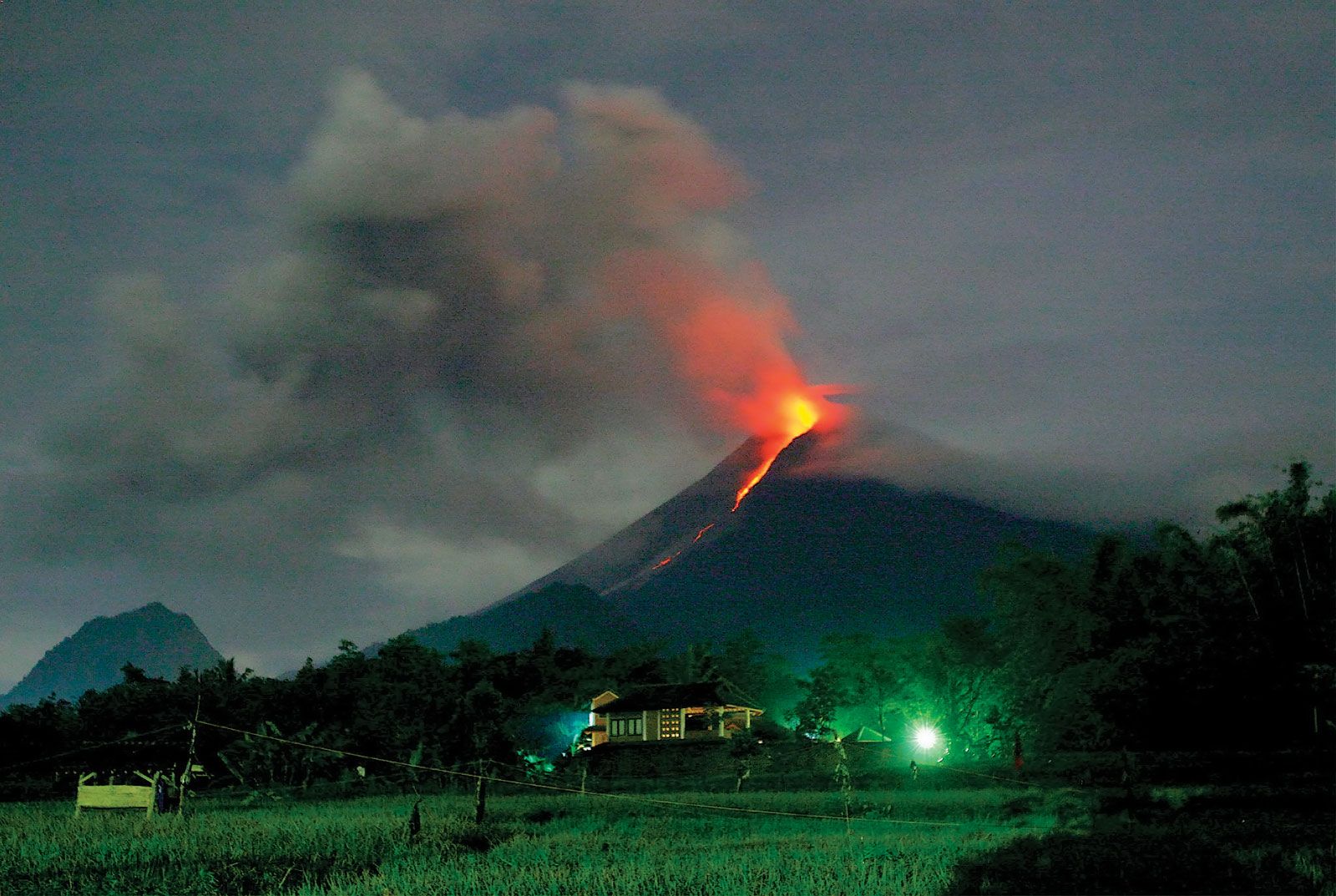
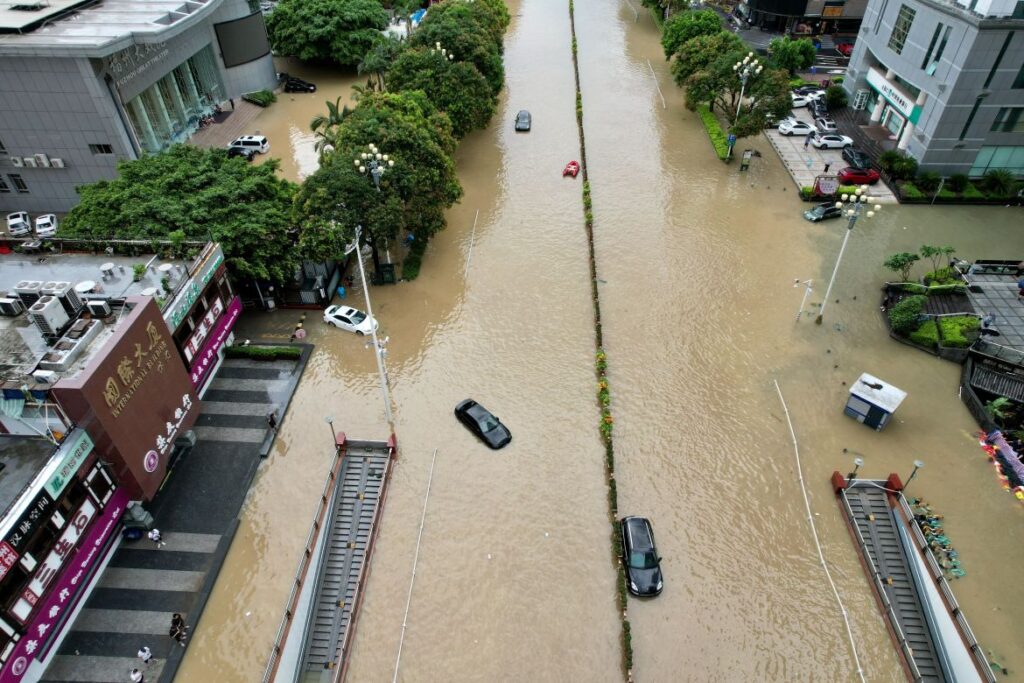
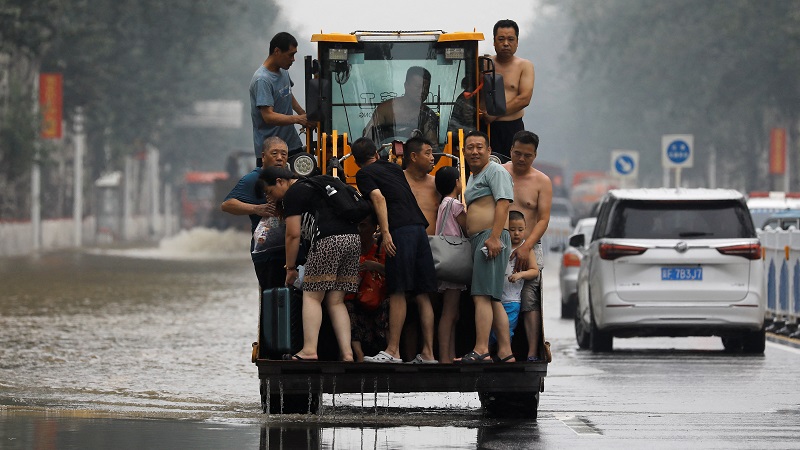
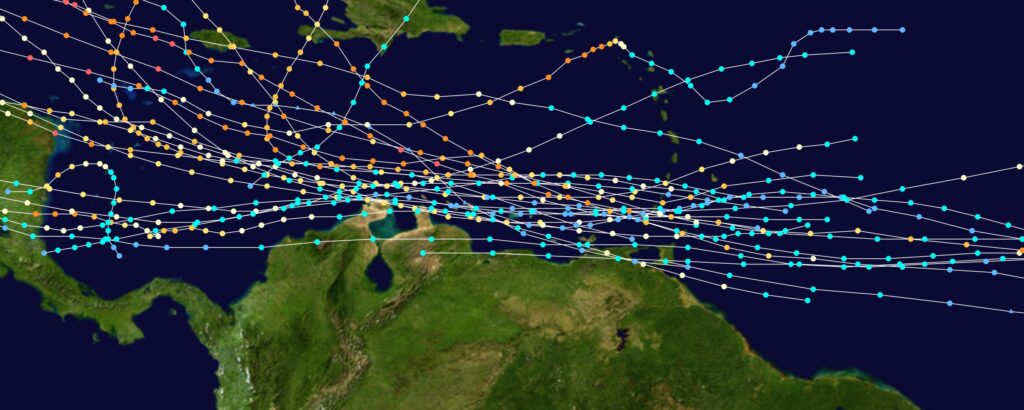
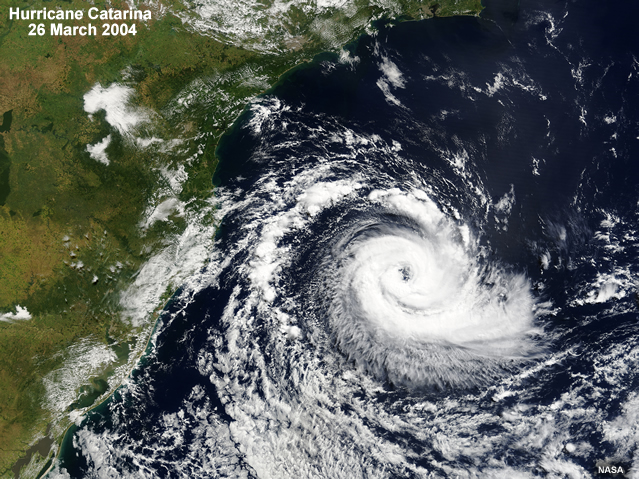
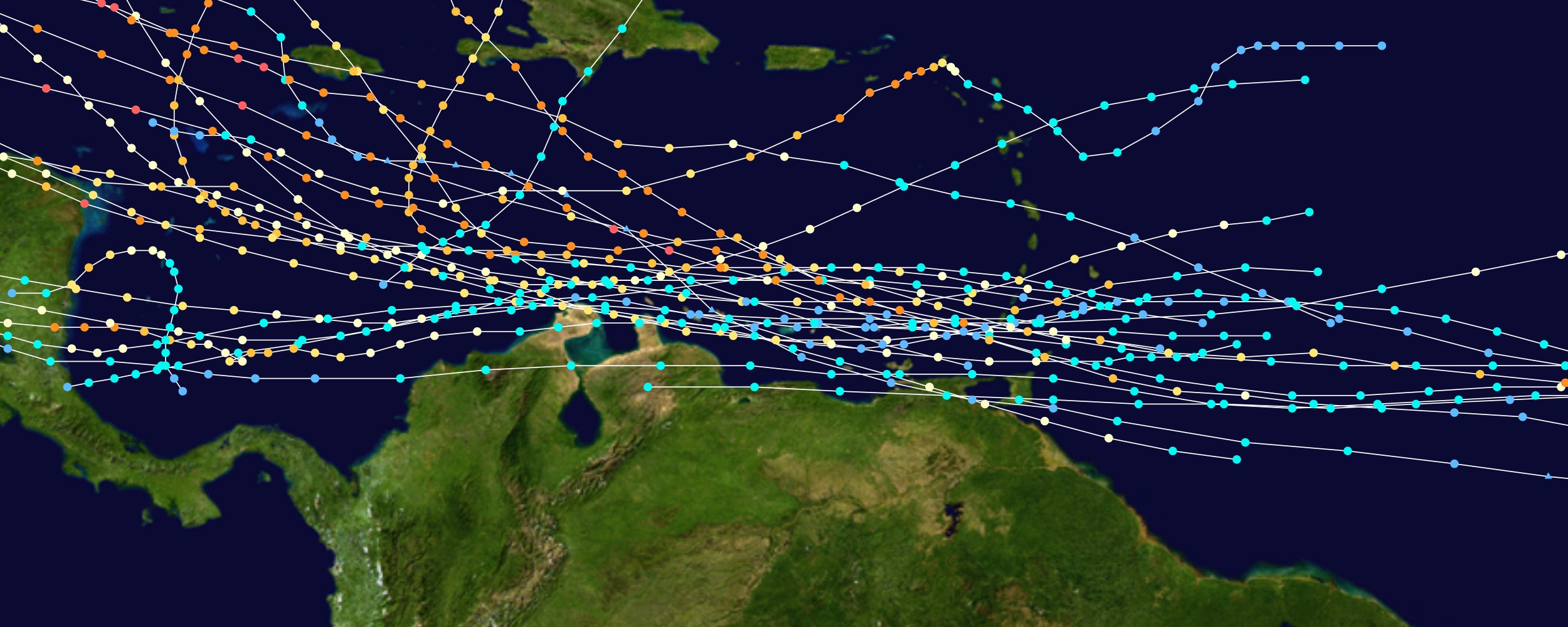

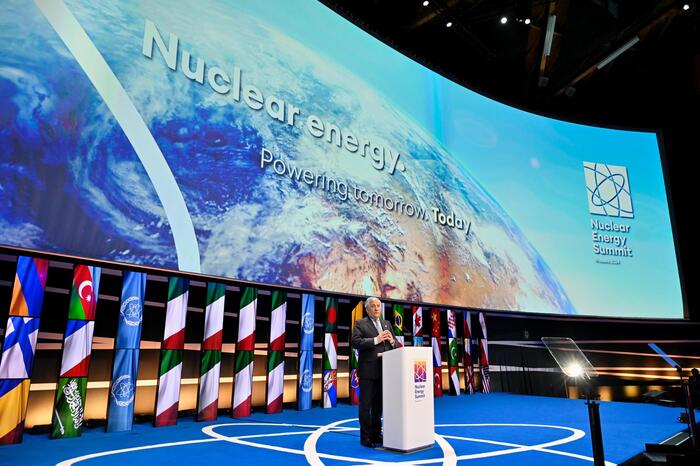

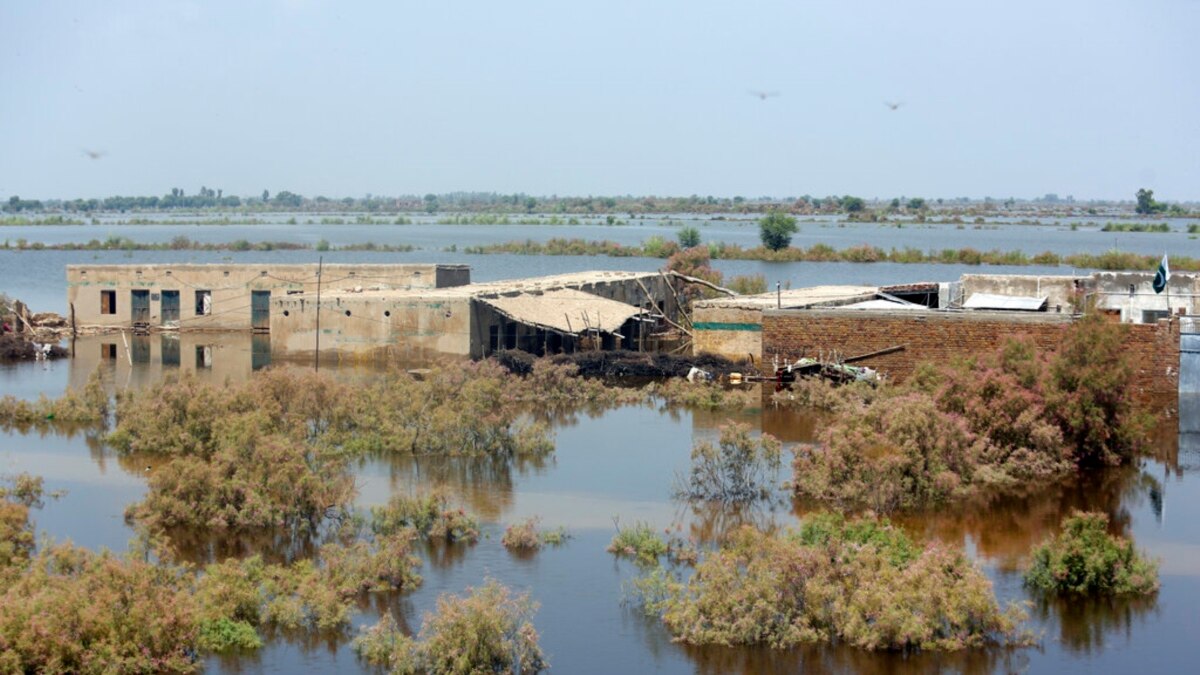
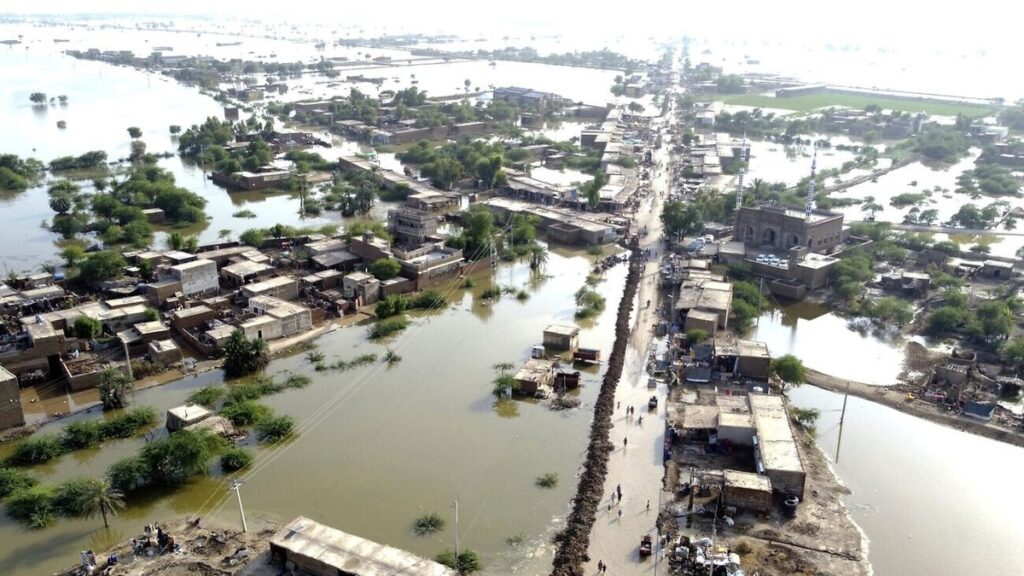
 Gwadar recently faced significant flooding due to record-breaking rainfall, prompting the district administration to declare a state of emergency. This unusual weather pattern for the winter season was highlighted by the Chief Meteorologist, emphasizing that Gwadar received an unprecedented amount of rain during these months In response to the calamity, Prime Minister Shahbaz Sharif unveiled a comprehensive relief package during his visit to the affected areas. The package includes financial compensation for the affected families: Rs2 million for families who lost loved ones, Rs500,000 for the injured, Rs750,000 for residents whose homes have been completely demolished, and Rs350,000 for households with partially damaged properties. Additionally, 7,000 ration bags are being distributed daily among the displaced people. The Prime Minister also highlighted the government’s commitment to aiding the victims, emphasizing that the relief is a duty, not a favor. The relief efforts include the distribution of cheques and relief goods, such as food items, blankets, and water coolers, to the affected residents The Pakistan Navy has also played a crucial role in relief operations, deploying helicopters to deliver ration bags, clean drinking water, and food items to the flood-affected villages of Pishukan and Kappar. Navy personnel have been actively involved in distributing rations and relief goods in Gwadar city and other affected areas. They have also undertaken de-flooding operations in various localities to clear flood water These recent floods in Gwadar, exacerbated by record rainfall, have prompted significant relief and rehabilitation efforts from both the government and the military, highlighting the challenges and the responsive measures undertaken to mitigate the impact on the affected population.
Gwadar recently faced significant flooding due to record-breaking rainfall, prompting the district administration to declare a state of emergency. This unusual weather pattern for the winter season was highlighted by the Chief Meteorologist, emphasizing that Gwadar received an unprecedented amount of rain during these months In response to the calamity, Prime Minister Shahbaz Sharif unveiled a comprehensive relief package during his visit to the affected areas. The package includes financial compensation for the affected families: Rs2 million for families who lost loved ones, Rs500,000 for the injured, Rs750,000 for residents whose homes have been completely demolished, and Rs350,000 for households with partially damaged properties. Additionally, 7,000 ration bags are being distributed daily among the displaced people. The Prime Minister also highlighted the government’s commitment to aiding the victims, emphasizing that the relief is a duty, not a favor. The relief efforts include the distribution of cheques and relief goods, such as food items, blankets, and water coolers, to the affected residents The Pakistan Navy has also played a crucial role in relief operations, deploying helicopters to deliver ration bags, clean drinking water, and food items to the flood-affected villages of Pishukan and Kappar. Navy personnel have been actively involved in distributing rations and relief goods in Gwadar city and other affected areas. They have also undertaken de-flooding operations in various localities to clear flood water These recent floods in Gwadar, exacerbated by record rainfall, have prompted significant relief and rehabilitation efforts from both the government and the military, highlighting the challenges and the responsive measures undertaken to mitigate the impact on the affected population.



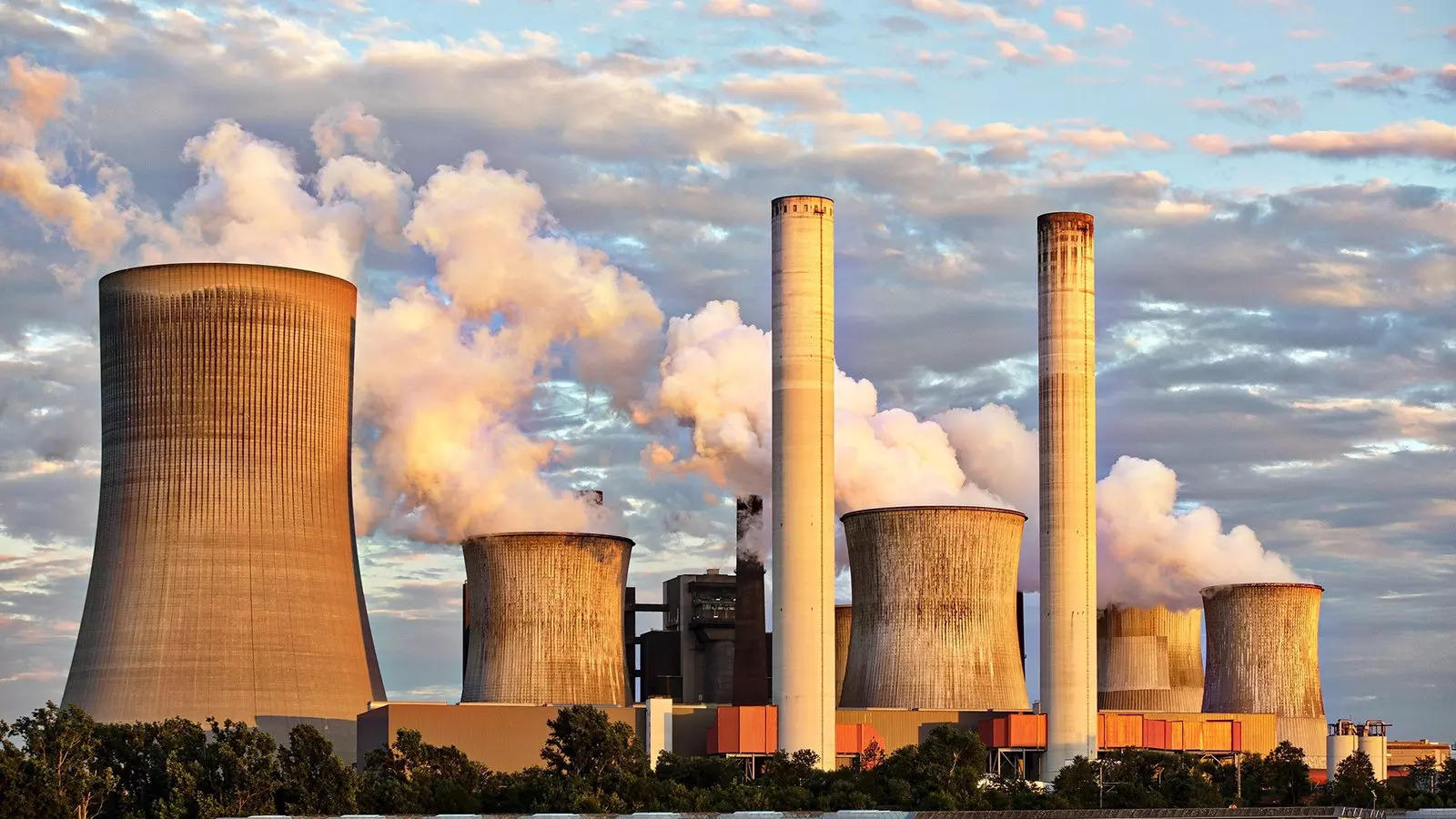


 Global leaders utilized the Climate Summit to announce funding commitments for sustainable development and green growth. A wide spectrum of stakeholders was present at the conference to debate and make pledges regarding climate action in Africa. Now is the moment to put words into action. Aside from increasing political will for climate action, the Africa Climate Summit 2023 has the ability to increase awareness of the continent’s climate action. There is a hope that the process of cutting greenhouse gas emissions will accelerate to tackle the effects of climate change, and creating a future for Africa and the world that is more climate resilient.
Global leaders utilized the Climate Summit to announce funding commitments for sustainable development and green growth. A wide spectrum of stakeholders was present at the conference to debate and make pledges regarding climate action in Africa. Now is the moment to put words into action. Aside from increasing political will for climate action, the Africa Climate Summit 2023 has the ability to increase awareness of the continent’s climate action. There is a hope that the process of cutting greenhouse gas emissions will accelerate to tackle the effects of climate change, and creating a future for Africa and the world that is more climate resilient.